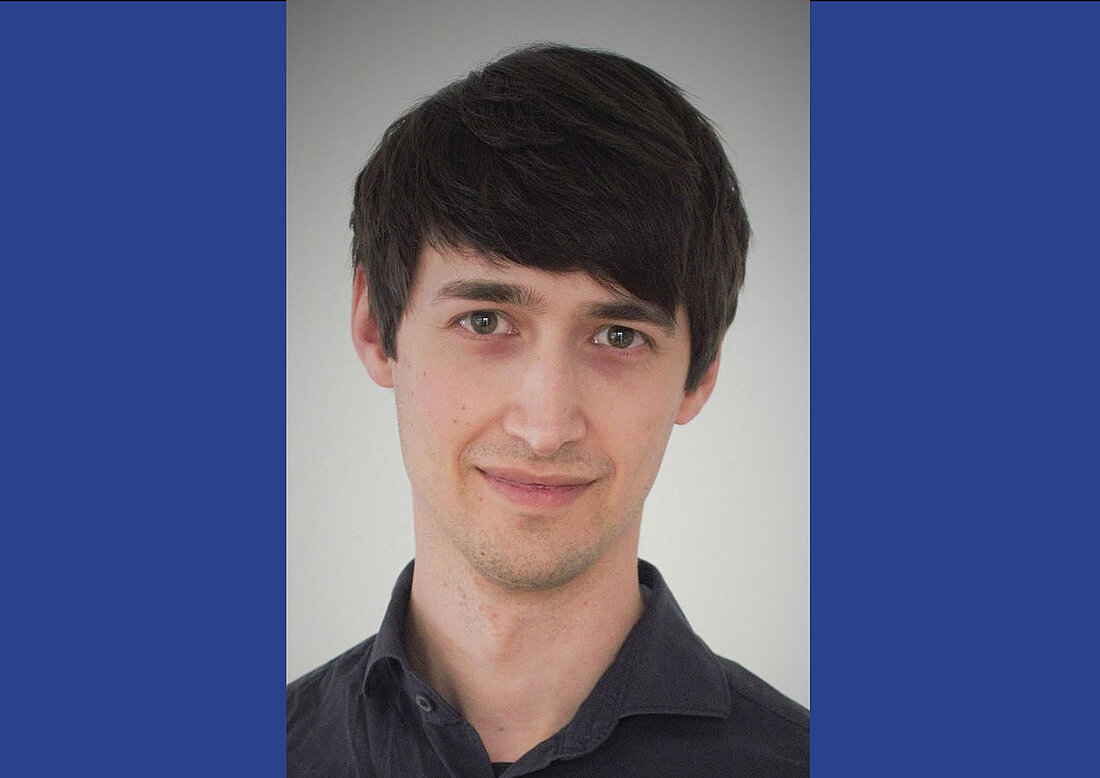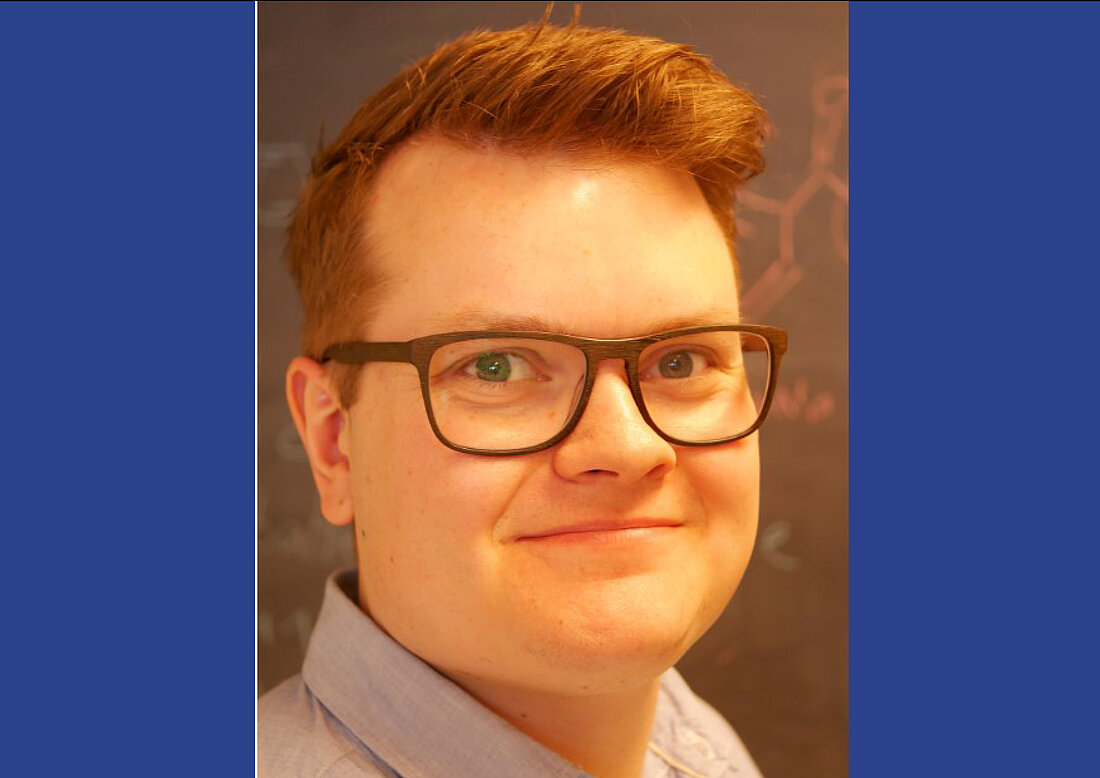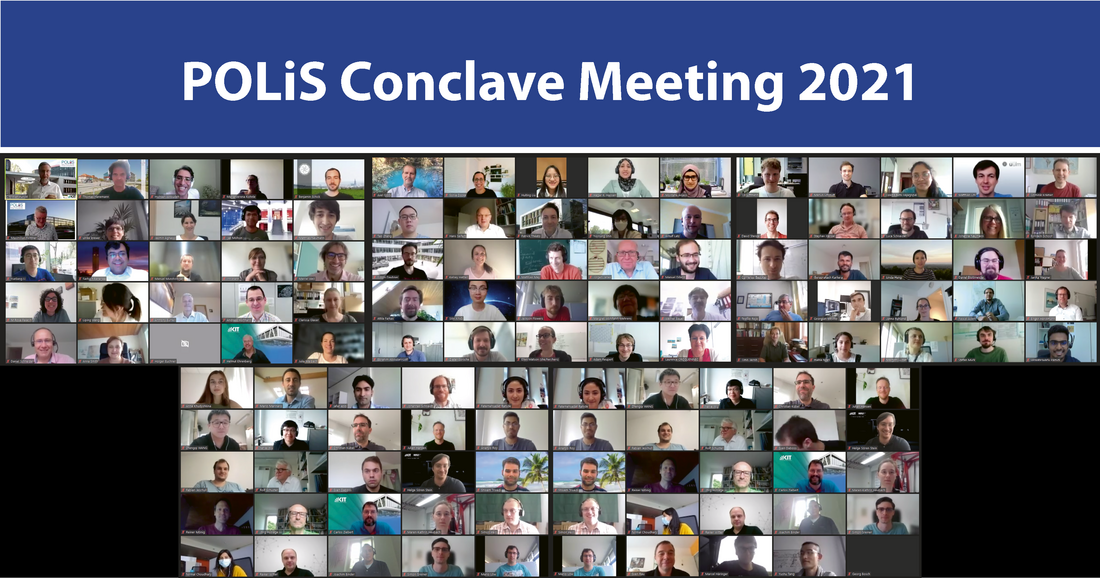POLiS sharpens research profile

In a two-day digital conclave meeting with 140 POLiS researchers from Ulm, Karlsruhe and Giessen, new projects and an updated strategy for the future were presented. The board announced that the research program of the excellence proposal will be refined and the newly created structures and processes will be applied starting in 2022. The goal behind opening up the organizational structures, it said, is to make it easier to enable new research ideas, impulses and collaborations and to provoke thrusts for research work. Part of the strategy is also the newly convened Advisory Board, which is composed of nine international, highly recognized experts from academia and industry and advises the board.
The cluster uses two main tools to engage new ideas and minds. The Board annually funds new post-lithium projects through the Board's Reserve. 12 projects have been integrated into the cluster in this way to date. In addition, the Board has launched the POLiS Junior Research Group Application Program (JuRaGAP), an opportunity for young scientists to apply for and establish a third-party funded junior research group in the cluster. The first two selected junior researchers, Dr. Matthias Neumann and Dr. David Rehnlund, presented their research projects at the conclave meeting.

Matthias Neumann is a post-doc at the Institute of Stochastics of Ulm University, where he received his PhD in 2020, which was awarded with the Promotionspreis of the Ulmer Universitätsgesellschaft 2021. His project focused on virtual materials testing for post-lithium batteries by data-driven stochastic 3D microstructure modelling. A virtual materials testing approach is proposed to elucidate process-microstructure-property relationships for post-lithium batteries. Using data-driven modeling and simulation, the overall aim is to provide recommendations for an improved manufacturing process of electrode materials. In the project, multi-scale stochastic microstructure models will be developed based on 3D image data in order to generate digital twins of electrode materials. To enlarge the amount of data, the project aims at predicting the 3D microstructure from 2D cross-sections. Finally, the developed stochastic 3D microstructure models are used to generate a large database of virtual, but realistic microstructures to efficiently quantify microstructure-property relationships for post-lithium batteries.

David Rehnlund received his PhD in 2015 in inorganic chemistry at Uppsala University. In 2018 he switched fields to microbial bioelectrochemistry at KIT where he now works on interfacing electroactive bacteria with conductive nanostructures. During his time at KIT he developed a deep fascination for the technological benefits of using microorganisms resulting in the new research idea of ‘Microbial Batteries’. The interdisciplinary project SusBatt will develop a reversible bio-battery that uses microorganisms as energy storage vessels. In this microbial battery, bacteria take up electrical energy from regenerative sources, store it in intracellular polymers and release it again on demand. There are microorganisms with the natural ability to reversible store energy but these are typically not electroactive. The project will therefore develop the necessary bioelectrochemical tools and technologies to electrically connect the organisms and charge them in the electrolyte. Specialized bioreactors designed for reversible microbial energy storage will also be developed and implemented to determine if intracellular microbial energy storage is a viable new biotechnology.

